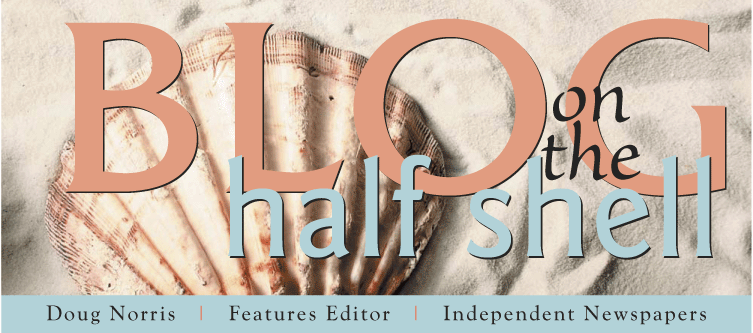Three years ago vandals broke off and stole six fingers - all five on the left hand and the thumb on the right - from the statue of Roger Williams in Providence’s Prospect Terrace Park. The fingers of Rhody’s founder were never found, and poor Williams has been left to stand there stoically through the seasons, suffering the indignity of lopped hands and the occasional graffiti makeover. The most recent defacing, or de-fingering, was the third time in the last two decades. Reluctantly, the Providence Parks Department plans to replace the missing digits by the end of the year, but the continuing saga of the First Rhode Islander demonstrates that, more than 325 years after his death, Williams remains a bizarre and controversial figure.
Long before religious toleration and the separation of church and state became fundamental principles of American democracy, Williams espoused these ideas and was considered a radical religious nut by many of his contemporaries. He left London for Boston after a disagreement with his church in England, but found Boston no more hospitable to his views. The Salem church wanted Williams but a Boston faction prevented his move there, so he ended up in the Plymouth Colony for two years. But the Plymouth congregation soon tired of his tolerant views of American Indians, so he went back to Salem, where he assisted a Pastor Skelton, who died suddenly, leaving Williams in charge. Once again, he got into trouble and was brought before the Salem court for his “diverse, new and dangerous opinions” that questioned church orthodoxy, and was formally exiled from Massachusetts. The Bay State was so steamed at Williams, its leaders didn’t repeal his banishment until 1936, 253 years after his death, when, presumably, it was safe to let him back in.
Coincidentally, that very year his remains were placed within a bronze container and put into the base of a monument where his disfigured statue stands today at Prospect Terrace Park. When he died, Williams had been buried on his own property but he was moved in the 19th century to the tomb of a descendent in the North Burial Ground. Before reburial, his remains were discovered under an apple tree but only a small amount of actual bone was found. The roots of the tree had grown into the place where his skull rested and traced the shape of his decomposing bones, growing roughly into his skeleton. Known as the “Williams Root,” it is part of the collection of the R.I. Historical Society, mounted on a board in a basement of the John Brown House Museum.
Several businesses in Rhode Island are named after him – everything from Roger Williams Hospital in Providence and Roger Williams University in Bristol to Roger Williams Auto Repair in Providence and Roger Williams Sleep Lab in Johnston. His legacy also includes those missing fingers. If they keep disappearing at this rate, soon there will be enough to distribute to every Rhode Island driver. Given the workout that solo fingers get on the roads of Rhody, perhaps it's only fitting to call this time-honored salute, “giving the Roger.” Another idea: Hold Rhode Island’s version of the Oscars, Tonys, Emmys. Call them the Rogers. Hand out bronze Roger fingers on a base of Cumberlandite to deserving Rhode Islanders. The ceremony would take place at - where else? - the Venus de Milo.
This week’s question: Where would be the most likely place to look for the statue of Roger Williams’ missing fingers?
Monday, August 3, 2009
Subscribe to:
Posts (Atom)

